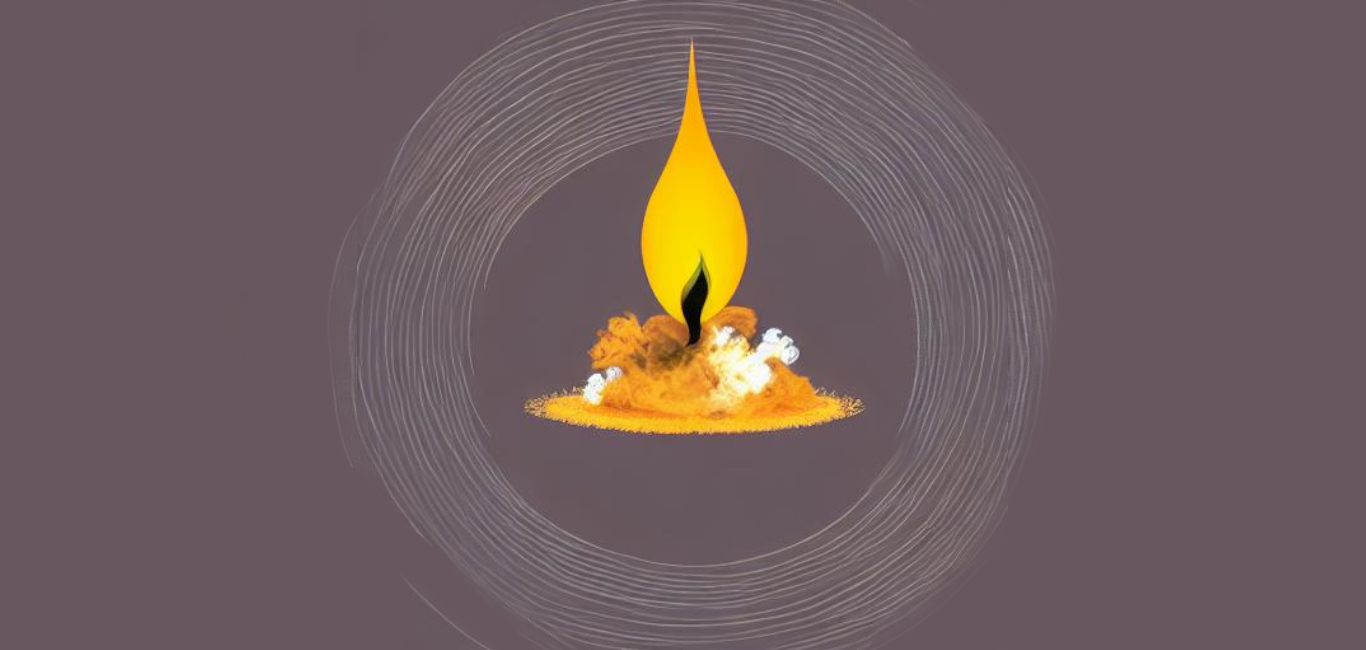
When Soumya Joseph, a 23-year-old nurse from Hyderabad, began to experience chronic respiratory illness six months ago, her sense of smell also started to gradually diminish.
Joseph tried various treatments and consulted many doctors, but nothing worked for her. Meanwhile her problem was diagnosed as anosmia, or loss of the sense of smell due to frequent sinus infections and respiratory allergies.
Medications that she took for it had a temporary effect. She consulted Dr Athira V Ravindranath from Prasootika Ayurveda Hospital and Research Centre in Kerala in the hope of finding a long-term solution to her problem.
Along with herbal medicines and nasya, the doctor advised her to undergo a 14-day dhoomapana (ayurvedic smoke therapy). “The early days of anosmia had made my life almost meaningless,” she recalls. “This therapy reduced the heavy feeling in my head, and once again I could smell and taste everything.”
Since then, she has been free of the symptoms.
Caution in protocol
Dhoomapana is a medicated smoke therapy performed by Ayurveda practitioners and prescribed mainly to manage respiratory illnesses. Experts say the therapy clears the phlegm accumulated in the respiratory tract.
Dr Ravindranath says dhoomapana is not the same as smoking herbal cigarettes. “It is a treatment procedure which should be done in a clinical setup using a smoking apparatus and is not advised as a daily routine,” she adds.
The person inhales the smoke of therapeutic herb placed in a burner. This therapy on detoxifying and rejuvenating the upper respiratory tract, starting from the nostrils, nasal cavity and mouth up to the throat and voice box.
The person under this treatment inhales the smoke from the leaves or other parts of medicinal herbs under the guidance of an Ayurveda physician.
“The medicated smoke should be inhaled through the mouth and nose but released only through the mouth. As a protocol of ayurvedic smoke therapy, smoke should never be exhaled through the nose. If this is done, it may affect your eyes and may lead to eye problems,” cautions Dr Ravindranath.
Ayurvedic experts say dhoomapana helps to balance an individual’s vata (air element) and kapha dosha (water element). The therapy is generally not recommended to a person with pitta prakriti or if the health problem s due to an imbalance of pitta or fire energy.

Main components
Two main components are employed during the procedure:
A burner-like apparatus called the dhoomapana yantra; and a herbal wick made of dried herbs or turmeric paste.
The herbal wick is fitted into the burner and lit up while the person sits in front of it, with mouth open, and inhales alternately through each nostril. Exhalation is always done through the mouth. This process is repeated thrice.
Many benefits
Herbal smoke inhalation is helpful in disorders of the ear, nose and throat. According to a study published in the International Ayurvedic Medical Journal, it is an effective treatment option for allergic rhinitis.
“A 14-day therapy can help to reduce nasal discharge, sneezing and nasal blockage in case of allergic rhinitis,” says Dr Ayana Raj, Assistant Professor at Adichunchanagiri Ayurvedic Medical College and Hospital, Bengaluru.
Like nasya or intranasal therapy, ayurvedic smoke therapy also helps to clear the nasal cavities and strengthen the upper respiratory tract. It drains out excess mucus clogs.
Dhoomapana is advised for the following conditions:
- Allergies
- Sinusitis
- Headaches
- Recurrent allergic rhinitis
- Chronic respiratory illness
- Anosmia or loss of smell
Three types of smoking
Herbal smoking therapy is generally prescribed for seven to 14 days, with the duration of treatment based on the problem and condition of the person. It is of three types: snigdha or mild; madhya or moderate; and tikshna or strong.
“We recommend tikshna dhoomapana for chronic respiratory illnesses. The lubricant or snigdha version is advised when there is excessive dryness in the respiratory tract,” explains Dr Ravindranath.
Herbs to suit the problem
“The herbs are selected based on the ailment being treated,” she says. Dr Ravindranath.
Some of the herbs used are turmeric, garden pea, black cumin, sandalwood, cinnamon, cardamom, vetiver, liquorice, triphala, Indian fig, sacred lotus, Himalayan pine, frankincense or shallaki, myrrh or guggulu.
Who should not take it
Dhoomapana should be performed only under medical supervision. Those who undergo the therapy should take care not to develop any infections or complications after the therapy. It should not be performed after strenuous physical activity, or after consuming alcohol or milk.
While undergoing the treatment, one should avoid cold drinks, cold foods, exposure to cold, dust, and cigarette smoking. It is strictly forbidden if the person has cataract or any other eye problem or has suffered a head injury.
Pregnant or nursing women should also avoid herbal smoke therapy, apart from anyone with anaemia, dry cough, asthma, sore throat, or nasal bleeding, explains Dr Ravindranath.

















